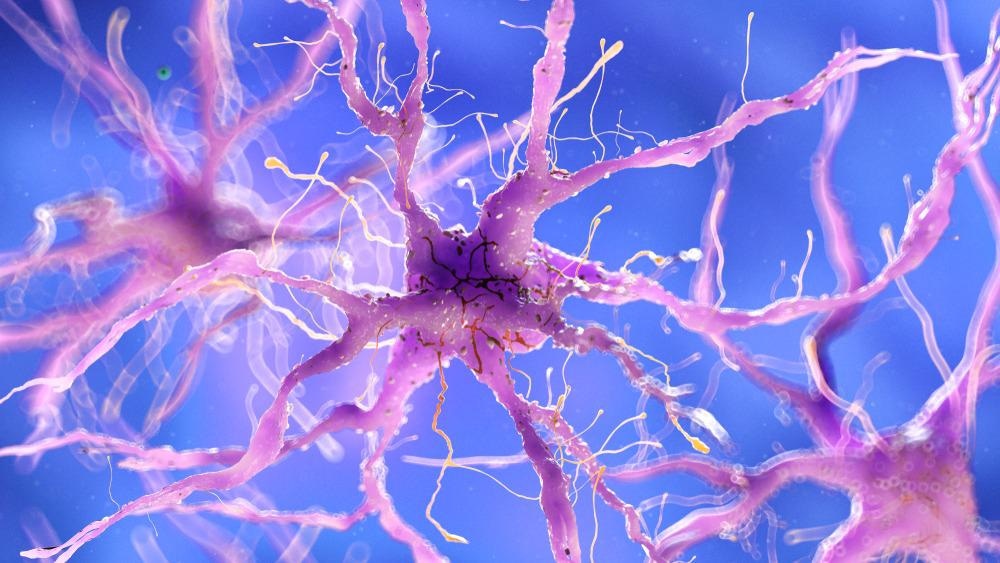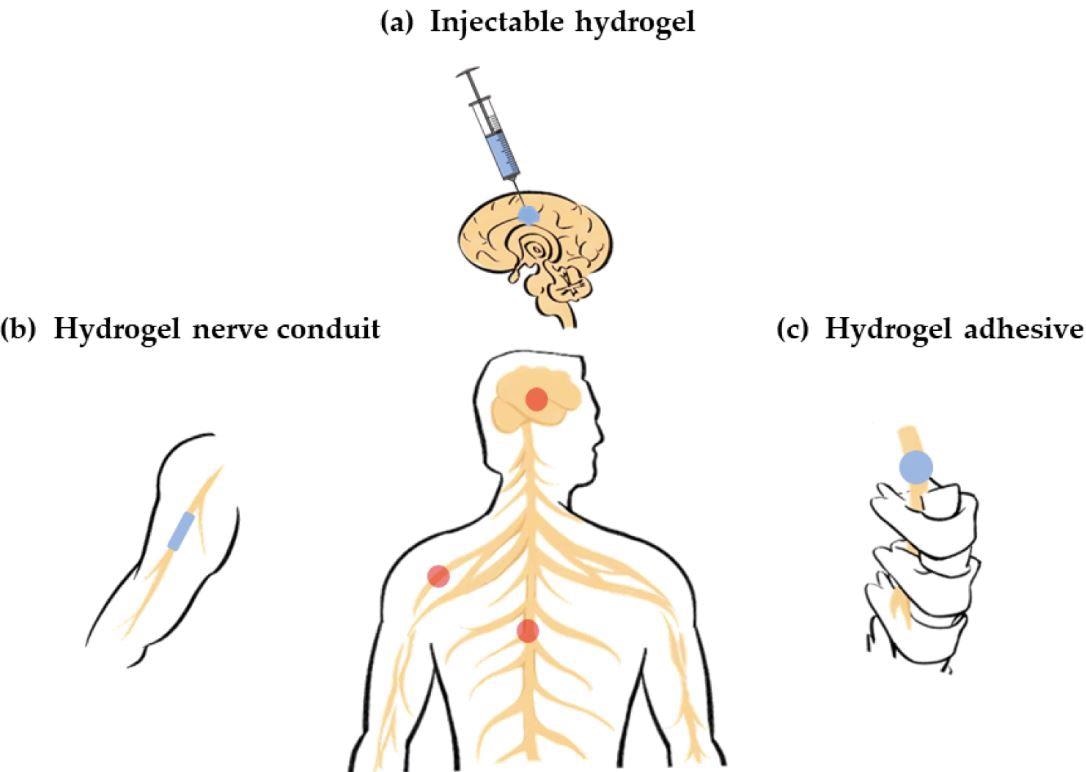 By Surbhi JainReviewed by Susha Cheriyedath, M.Sc.Apr 18 2022
By Surbhi JainReviewed by Susha Cheriyedath, M.Sc.Apr 18 2022In a review recently published in the open-access journal Polymers, researchers discussed the design and development of polymeric hydrogel carrier for application in nerve repair.

Study: Design and Fabrication of Polymeric Hydrogel Carrier for Nerve Repair. Image Credit: SciePro/Shutterstock.com
Background
In the clinic, nerve restoration is still a complicated task. Many studies have recently focused on the significant impacts of biomaterials like hydrogels on nerve healing. Hydrogels are employed in a variety of nervous systems, including the central nervous system (CNS) and the peripheral nervous system (PNS), but they're especially beneficial for mending brain nerves after a stroke.
Stroke rates have risen dramatically in recent years all around the world. In the sub-acute and chronic phases of stroke treatment, rehabilitative therapies that promote nerve healing and functional recovery are critical. Although certain techniques have been found to be effective in animal models, significant problems remain.
As a result, for stroke treatment in the sub-acute and chronic stages, a biocompatible carrier system that can efficiently transport therapeutic chemicals and sustain their long-term retention in the brain site is very desirable. A hydrogel is a good carrier system for a variety of biomedical purposes.
Hydrogel carriers have been shown to have strong restorative activity against stroke-induced brain damage in numerous investigations. As a result, a comprehensive summary is required to provide researchers with useful insights and technical knowledge for the design and development of hydrogel carriers to achieve significant therapeutic effects in nerve repair.
About the Study
In this study, the authors discussed the structure and classification of hydrogels, as well as the production and processing techniques that could be used to create a hydrogel carrier with precise chemical and physical properties. The manipulation of hydrogels' physical and chemical properties was studied in depth in order to achieve a better therapeutic impact and stimulate nerve healing. Future prospects for stroke therapy using hydrogel microsphere carriers were discussed.
The researchers described and highlighted the synthesis, design, and application of diverse hydrogel systems for utility in stroke rehabilitation, and other hydrogel systems for applications in the spinal cord and PNS repair were also covered. The classification, loading capacity, and manufacture of hydrogel systems for nerve healing were summarized. To better address the need for nerve restoration, methods to modify the physical features of the hydrogel system were discussed.
The team explained how hydrogels are classified based on their sources. The following will provide a quick overview of some natural-based biomaterials that are employed in nerve healing.
Observations
Leipzig discovered that neural development occurred best on the softest surfaces, where the hydrogel's elastic modulus was less than 1 kPa. Neural stem cells differentiated into neurons best when the matrix elastic modulus was 500 Pa. Typical brain tissue had an elastic modulus of 0.1 to 1 kPa. The peripheral nerve's elastic modulus was around 570 kPa. The spinal cord's elastic modulus ranged from 1 to 1.4 MPa. Schwann cells cultivated in printed structures had a vitality of 92.34 ± 2.19% after 14 days of culture and had a higher ability to release NGF (142.41 ± 8.99 pg/mL) than cells cultured in two-dimensional cultures (92.27 ± 9.30 pg/mL).

Image Credit: Various hydrogel carriers for nerve repair. (a) Injectable hydrogel carriers for brain nerve repair (central nervous system); (b) Hydrogel carriers as conduits for peripheral nerve repair (peripheral nervous system); (c) Hydrogel carriers as adhesive for spinal cord repair (central nervous system). Image Credit: Ma, X. et al., Polymers
When the pH of the environment was increased to 7.4, the gel solution started to gel rapidly in 3 minutes. The hydrogel had an 80% porosity and good swelling behavior. Injectable hydrogels could fill brain defects in any 3D shape and transport enough therapeutic substances to defects. Tregs were found to be able to control local immune responses in brain lesions and promoted on-site neuron regeneration.
Modifying the physical properties of the hydrogel carrier was found to be an effective and promising strategy for improving the nerve repairing ability of the hydrogel carrier. Furthermore, while hydrogel-based therapy in rodent models had shown promise, additional research into neuroplasticity, such as synaptic plasticity, axonal outgrowth, neural networks and circuits, and dendritic spine density, was needed to fully comprehend the nerve healing process.
Conclusions
In conclusion, this study elucidated that hydrogel-based therapy has made major advancements in nerve healing. The high biosafety of diverse hydrogels produced from natural and synthetic sources means that they can be employed as nerve repair carriers.
It was observed that because therapeutic chemicals have a large loading capacity, hydrogels could be used in all neural systems, including the brain, peripheral nerves, and spinal cord. Furthermore, several medications could be loaded and spatiotemporal sequential release modulated in a single carrier, which resulted in a significantly more potent therapeutic impact. The hydrogel's shape variation, arising from varied fabrication and processing procedures, can adapt to various nerve restoration conditions.
The authors believed that Tregs therapy combined with injectable hydrogel microspheres could lead to successful stroke rehabilitation in the future. They also mentioned that in addition to the inert carrier, hydrogel physical features such as moduli and conductivity play an essential role in nerve healing. They also emphasized that more focus should be paid to brain nerve repair in the future.
Disclaimer: The views expressed here are those of the author expressed in their private capacity and do not necessarily represent the views of AZoM.com Limited T/A AZoNetwork the owner and operator of this website. This disclaimer forms part of the Terms and conditions of use of this website.
Sources:
Ma, X., Wang, M., Ran, Y., et al. Design and Fabrication of Polymeric Hydrogel Carrier for Nerve Repair. Polymers 14(8) 1549 (2022).
https://www.mdpi.com/2073-4360/14/8/1549